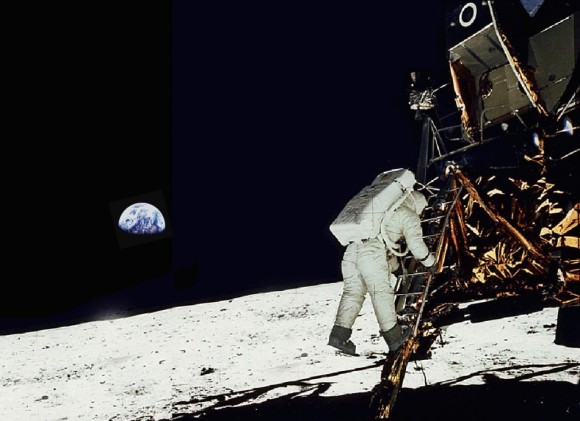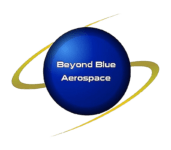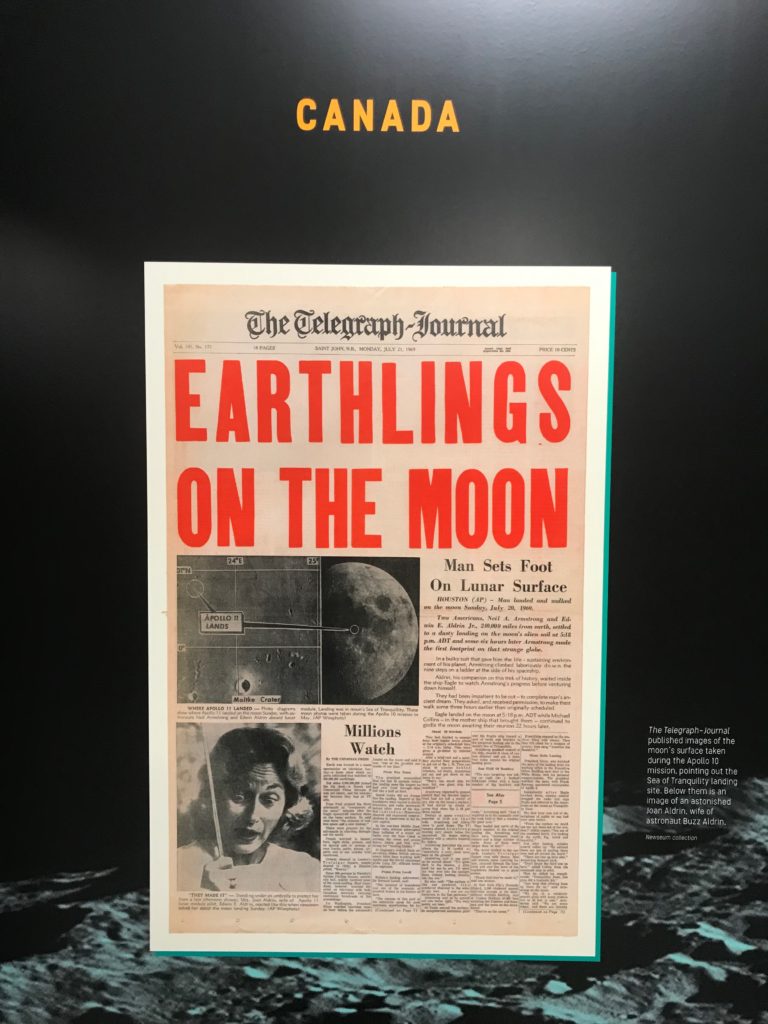As the world celebrates the 50th anniversary of humans first setting foot on the moon under the US Apollo program, it’s a great time to highlight some of the Canadian achievements that contributed to this great success.
James Arthur Chamberlin was the chief of technical design for the Avro Arrow program. He went to NASA and became the chief engineer for the Mercury program and then went on to design the Gemini spacecraft.

The Apollo landing module was primarily designed by Sarnia, Ontario born Owen Maynard, an engineer who also had worked on the Avro Arrow program. Owen went on to become chief engineer for Apollo.
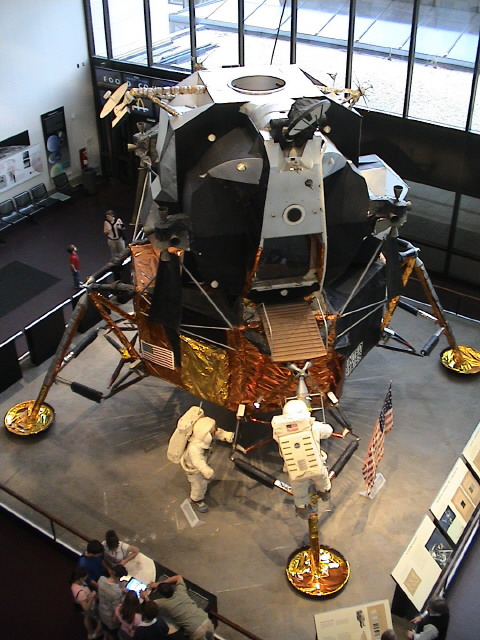
Chamberlin, Maynard and about 25 others who were laid off from Avro Canada on what was dubbed Black Friday were quickly snapped up by the Americans to help them fulfil President Kennedy’s 1961 edict that the country land a man on the moon within the decade.
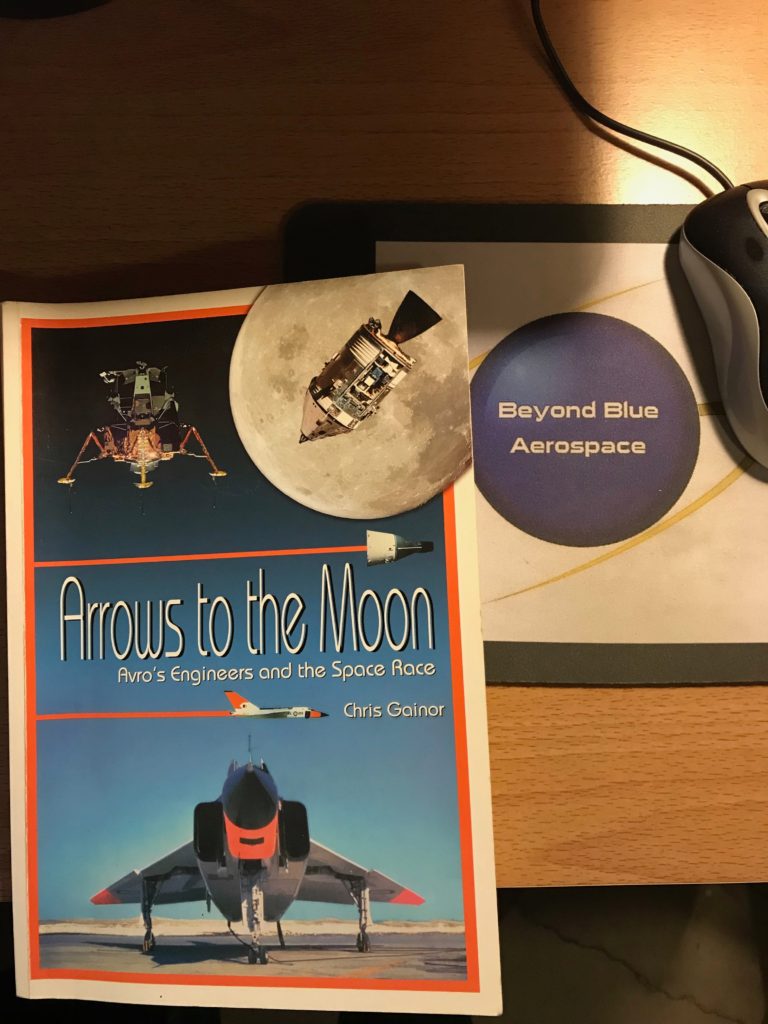
Another Canadian was John Hodge. He was one of the original flight directors at Mission Control. Hodge returned to NASA in the 1980s to launch the Space Station program. Along with other Avro engineers such as Dennis Fielder, Tec Roberts and Fred Matthews, Hodge helped build Mission Control and the network of tracking stations that guided Mercury, Gemini, and Apollo.
William Carpentier is a physician born in Edmonton, Alberta and raised in Lake Cowichan, British Columbia. He is best known as the flight surgeon assigned to the United States’ Apollo 11 mission.
Kennedy’s goal was accomplished on the Apollo 11 mission when astronauts Neil Armstrong and Buzz Aldrin landed their Apollo Lunar Module on July 20, 1969, and walked on the lunar surface, while Michael Collins circled in lunar orbit in the command and service module. All three landed safely on Earth on July 24.
